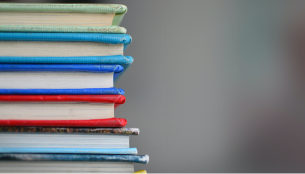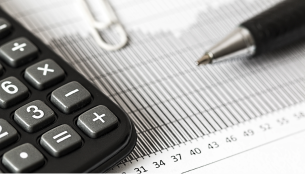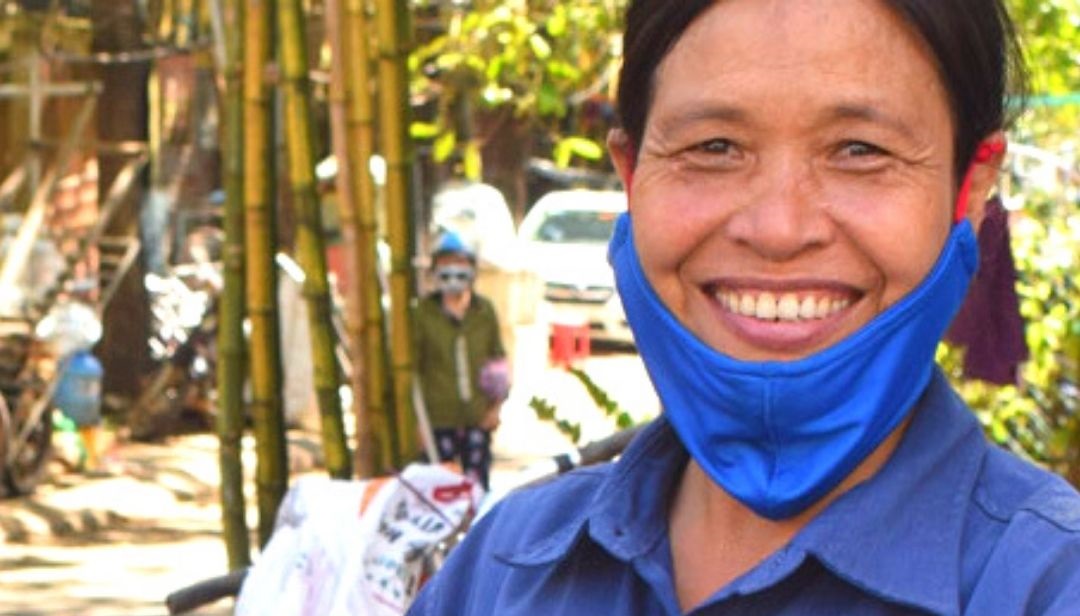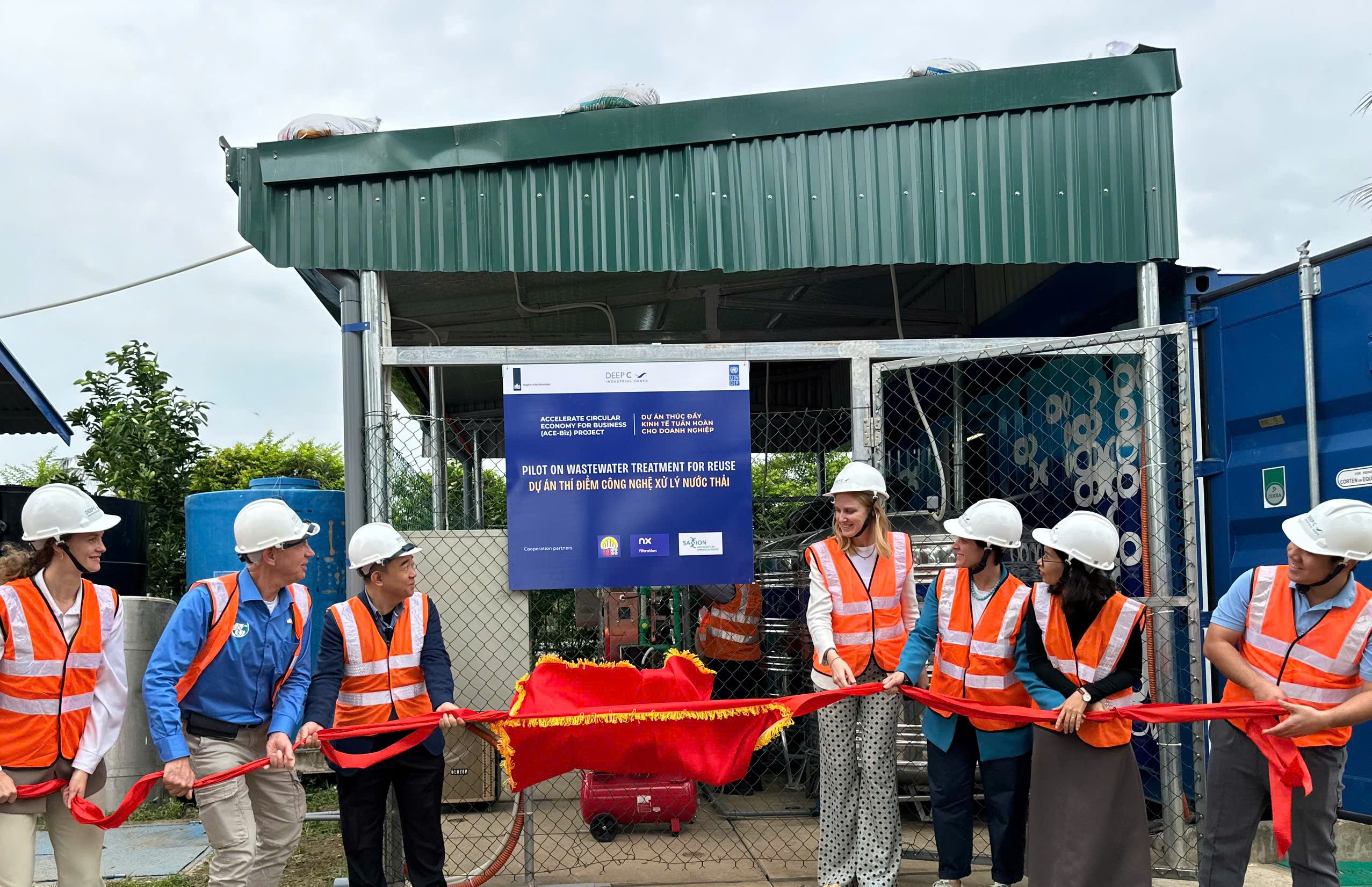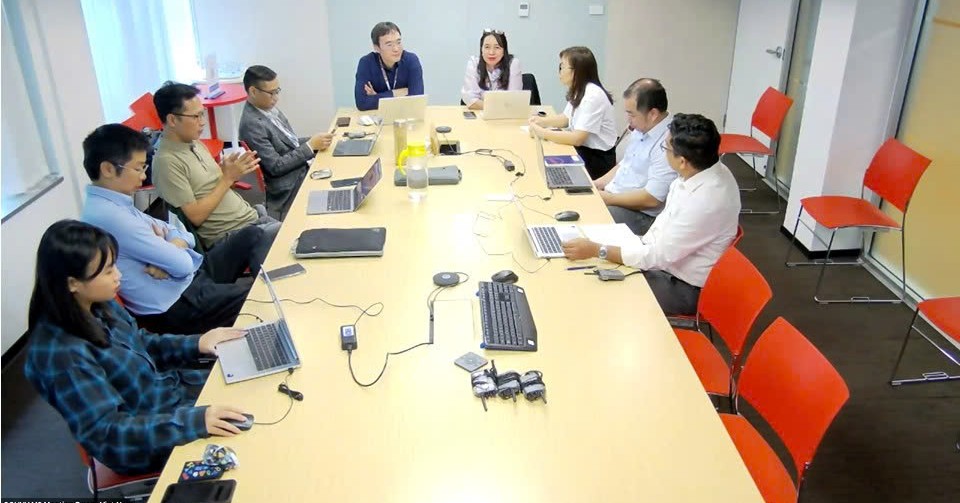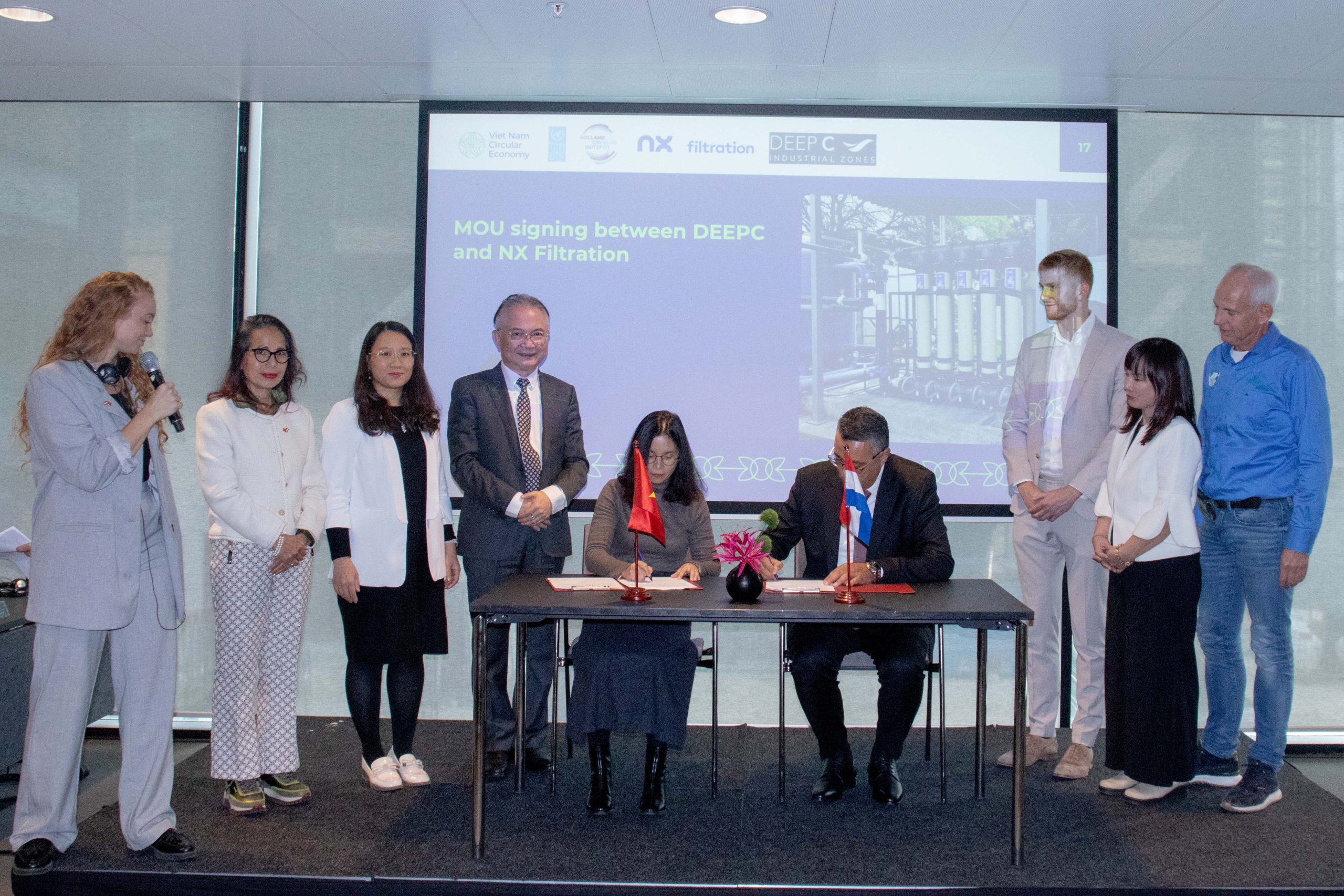BUILDING A CIRCULAR ECONOMY IN THE DECADE 2021 – 2030
Dear Chairman,
Dear Congress delegates,
Circular economy is becoming an inevitable trend to meet the requirements of sustainable development in the context of increasingly degraded and depleted resources, polluted environment, and fierce climate change. Building a circular economy has been identified as one of the country’s development orientations for the period 2021 – 2030 in the draft document submitted to the 13th National Party Congress. I would like to discuss and clarify some theoretical and practical issues that illustrate this policy.

Dear Congress,
Since the middle of the 20th century, rapid population growth, the pressure of growth, the process of urbanization, industrialization, the demand for fuels and energy have led to a sharp increase in the exploitation of natural resources, causing environmental pollution and climate change. According to estimates by the United Nations, by 2030, if it continues to develop with a linear economic model (based on the process of exploitation, production, consumption and finally disposal into the environment), the demand for resources will increase 3 times compared to the present, beyond the supply capacity of the Earth, the amount of waste will exceed the load capacity of the environment. That fact leads to an urgent need to find a more efficient and sustainable economic model in terms of resource use, pollution reduction, environmental degradation, and response to global climate change.
Currently, in the world, besides the following models: green economy, low-carbon economy, circular economy, which are considered to be able to meet the requirements of economical use of resources, solve environmental pollution, responding to climate change, serving the goal of sustainable development. This is an economic model in which design, manufacturing and service activities aim to prolong the life of a material, eliminating negative environmental impact.
The circular economy is not only the reuse of waste, considering waste as a resource, but also the connection between economic activities in a pre-determined way, forming a cycle in the economy. The circular economy can keep the material flow in use for as long as possible, restoring and regenerating products and materials at the end of each production or consumption cycle.
Compared with the traditional linear economic model, circular economy offers many benefits, namely:
For the country: The development of a circular economy is to demonstrate the responsibility of the country in solving global challenges caused by environmental pollution and climate change, and at the same time improving the capacity and competitiveness of the economy. Circular economy helps to take advantage of used materials instead of waste disposal costs; minimize the exploitation of natural resources, make the most of the value of resources; minimize waste and emissions into the environment.
For society: Circular economy helps reduce social costs in management, environmental protection and climate change response; creating new markets, new job opportunities, improving people’s health…
For businesses: Circular economy contributes to reducing risks of overproduction and resource scarcity crisis; create motivation to invest, innovate technology, reduce production costs, increase supply chain…
Dear Congress,
On a global scale: Global Agreements on sustainable development, environmental protection, response to climate change, new-generation free trade agreements set out many regulations on standards emissions standards, emissions. This will be the premise to promote the transition to a circular economy model.
Circular economy development is becoming one of the mainstream trends. In 2018, the World Economic Forum, the World Resources Institute, the Ellen MacArthur Foundation, the United Nations Environment Programme and more than 40 partners launched the Circular Economy Promotion Forum with initiatives to promote the circular economy model, including: strengthening mixed-finance models to promote circular economy projects in developing and transition countries; create policy frameworks to remove barriers to promote circular economy; and promote public-private partnerships for the circular economy.
In particular, the Covid-19 pandemic has been affecting all aspects of global socio-economic life, deepening the demand for changing growth models towards sustainable development. Against this backdrop, many countries around the world, such as the European Union (led by the Netherlands, Germany, Finland and Denmark), Canada, the US, China, Japan, South Korea and Singapore are transforming strongly to the circular economy. The successful lessons of these countries are experiences for Vietnam to develop a circular economy model, as well as promote cooperation to receive and transfer technologies in design, manufacturing and digital transformation.
In the country: After 35 years of renovation, Vietnam has risen to become a growth bright spot in the region and the world with many remarkable achievements. The economy not only grows in size, but the quality of growth is also improved, the material and spiritual life of the people is improved. However, our country is facing many challenges in terms of resource depletion, pollution, environmental degradation and climate change. That reality requires us to change our approach and transform the development model to circular economy.
In terms of guidelines and policies: The Party and State have issued many guidelines and policies on transforming the growth model towards sustainability; strengthen management of natural resources, protect the environment in response to climate change; increase recycling and reuse of waste.
Up to now, a number of mechanisms and policies to promote the circular economy have been institutionalized in the Law on Environmental Protection in 2020, such as: classifying waste at source, collecting waste fees based on volume; waste recycling and reuse; extended liability of the manufacturer; economic tools and policies such as natural resources tax, environmental protection fee; environmental industry development, environmental services…
Vietnam has a number of models approaching the circular economy such as the model of collecting and recycling scrap metal, collecting and recycling paper, etc. In agriculture, there are models of garden – pond – barn, garden – forest – pond – stables, gas recovery from livestock waste…, cleaner production models in small and medium-scale industrial production. Although there are many limitations, such as causing environmental pollution, these models have also initially approached the circular economy.
Currently, the issues of sustainable management and use of natural resources, environmental protection and response to climate change have been fully recognized by the whole society. Therefore, campaigns on environmental protection such as combating plastic waste have been actively responded and participated by the business community and people across the country. Therefore, a number of new models have been formed to move closer to the circular economy such as: ecological industrial park model in some localities; initiative “Stop discharging into nature” initiated by VCCI; model of processing aquatic by-products; Vietnam Packaging Recycling Alliance; Vietnam’s global plastic partner; The business community is also actively responding to the circular economy model… These examples, when summarized and evaluated based on basic principles and criteria, will contribute to completing the circular economy for Vietnam.
Besides the advantages mentioned above, the transformation of the circular economy development model also encounters some difficulties and challenges, which are: the environmental industry has not yet been formed; there is a lack of qualified enterprises in technology for recycling and reusing used products and materials; most Vietnamese enterprises are small and medium-sized, facing difficulties in investing in technological innovation in the short term; It is difficult to immediately change the production and consumption habits of the whole society today for many easy-to-use products such as plastic bags and disposable plastic products to switch to using only materials and products that can be completely recycled and reused.
Dear Congress,
To promote the development of the circular economy in Vietnam, it is necessary to synchronously implement solutions from raising awareness to perfecting institutions and implementing organizations. From the early years of the 2021-2030 decade, it is necessary to focus on implementing many solutions to promote the circular economy in Vietnam in order to take advantage of cooperation opportunities in accessing and receiving technology transfer for sustainable development of the country. In particular, the Government needs to well perform the constructive role so that businesses and people can play a central role in building and developing a circular economy in Vietnam. Here are some proposals to be submitted to the General Assembly for consideration and discussion:
Firstly, it is necessary to consider the development of the circular economy as an inevitable solution to improve the quality of growth, improve national competitiveness, and ensure sustainable production and consumption; effectively allocate, manage and use natural resources, protect the environment and respond to climate change, contribute to solving social problems, create jobs… Recommendations to the Party Central Committee Session XIII considers promulgating a Resolution on promoting circular economy development.
Second, bring into play the strength of the entire political system, thoroughly grasp the Party committees and authorities at all levels; strengthen propaganda widely throughout the society about the practical requirements, roles, meanings, benefits and importance of circular economy development, in which, the business community and the people play a central role.
Third, lead and direct the review, amendment, supplement and promulgation of new mechanisms, strategies, policies and laws to promote circular economy development, in line with the Party’s guidelines. New trends, regulations and standards have been formed in the region and on a global scale.
In the immediate future, concretize the provisions in the Law on Environmental Protection 2020, such as: Specifying specific responsibilities of manufacturers in the recovery, recycling or payment of treatment costs for discarded products based on on the number of products sold on the market; develop environmental industry, market for environmental goods and services, environmentally friendly products…; project management according to the life cycle, establish a roadmap for the development and application of environmental regulations and standards (emissions and technology) equivalent to the group of advanced countries in the region.
Implement solutions to transform economic models such as: adjusting energy planning, gradually reducing dependence on energy forms from fossil fuels, hydroelectricity; develop a roadmap for technology transformation based on the criteria of energy saving and efficiency, and waste reduction.
Focusing right from the planning, planning, production design, product design to strengthen the connection of the circular production chain. Select a number of industries and fields of industry, agriculture and services to follow the circular economy model such as: paper industry, iron and steel production, thermal power, and cycle water management. To develop urban centers, industrial parks, export processing zones and thermal power centers according to the circular model.
Fourth, promote research and application of science and technology, take digital transformation and apply achievements of the Fourth Industrial Revolution as the driving force to develop the circular economy.
Fifth, promote internal resources, take advantage of international support to fulfill Vietnam’s commitments; encourage and mobilize the business community, organizations and individuals to increase investment in circular economy development.
Dear Congress,
Resource management, environmental protection and response to climate change are urgent global issues. Circular economy development is an indispensable requirement of sustainable development in the new context. The draft Political Report of the 12th Party Central Committee submitted to the Congress identified building a circular economy as one of the country’s development orientations for the period of 2021 – 2030; is a solid basis for us to believe in successfully taking advantage of opportunities and transforming challenges to develop a circular economy, contributing to the country’s sustainable socio-economic development.
Wishing you all the best of health.
I wish the Conference a great success.
Thank you very much, comrades.




